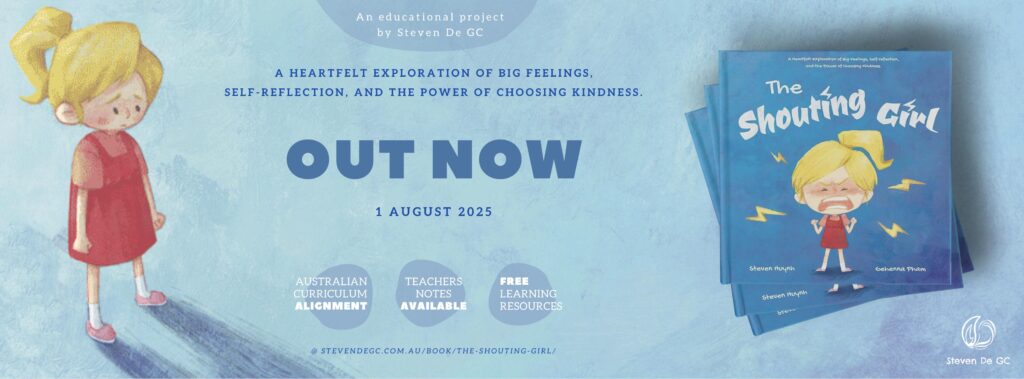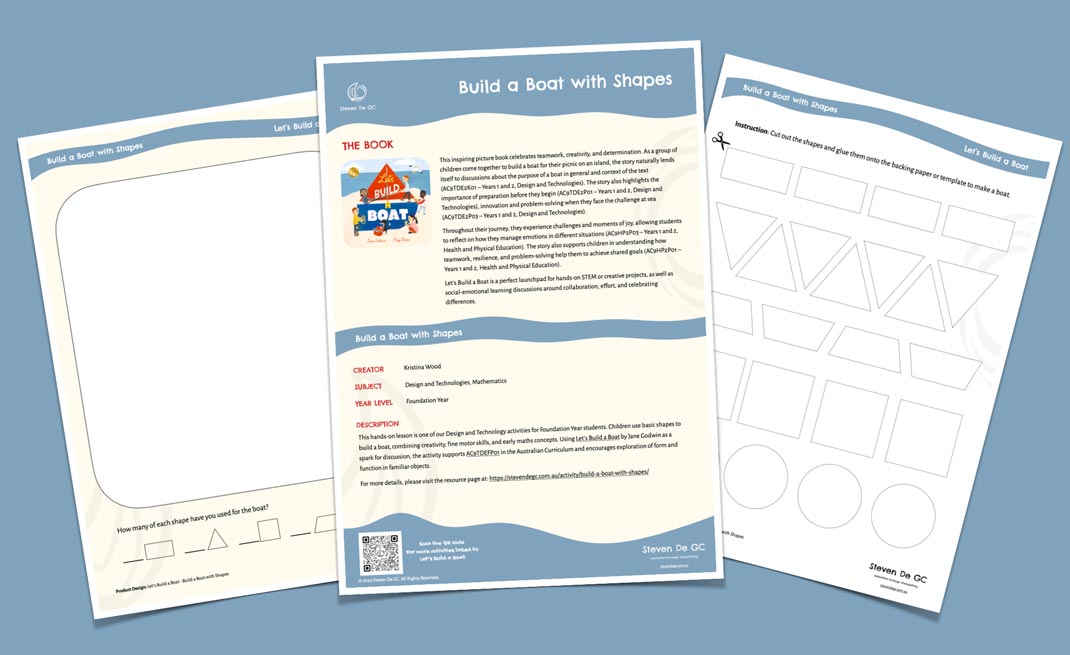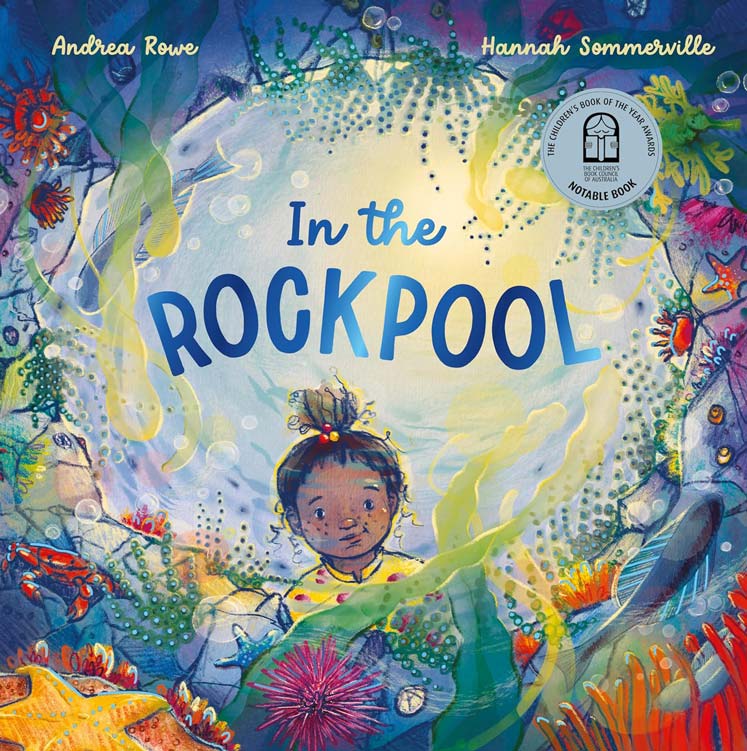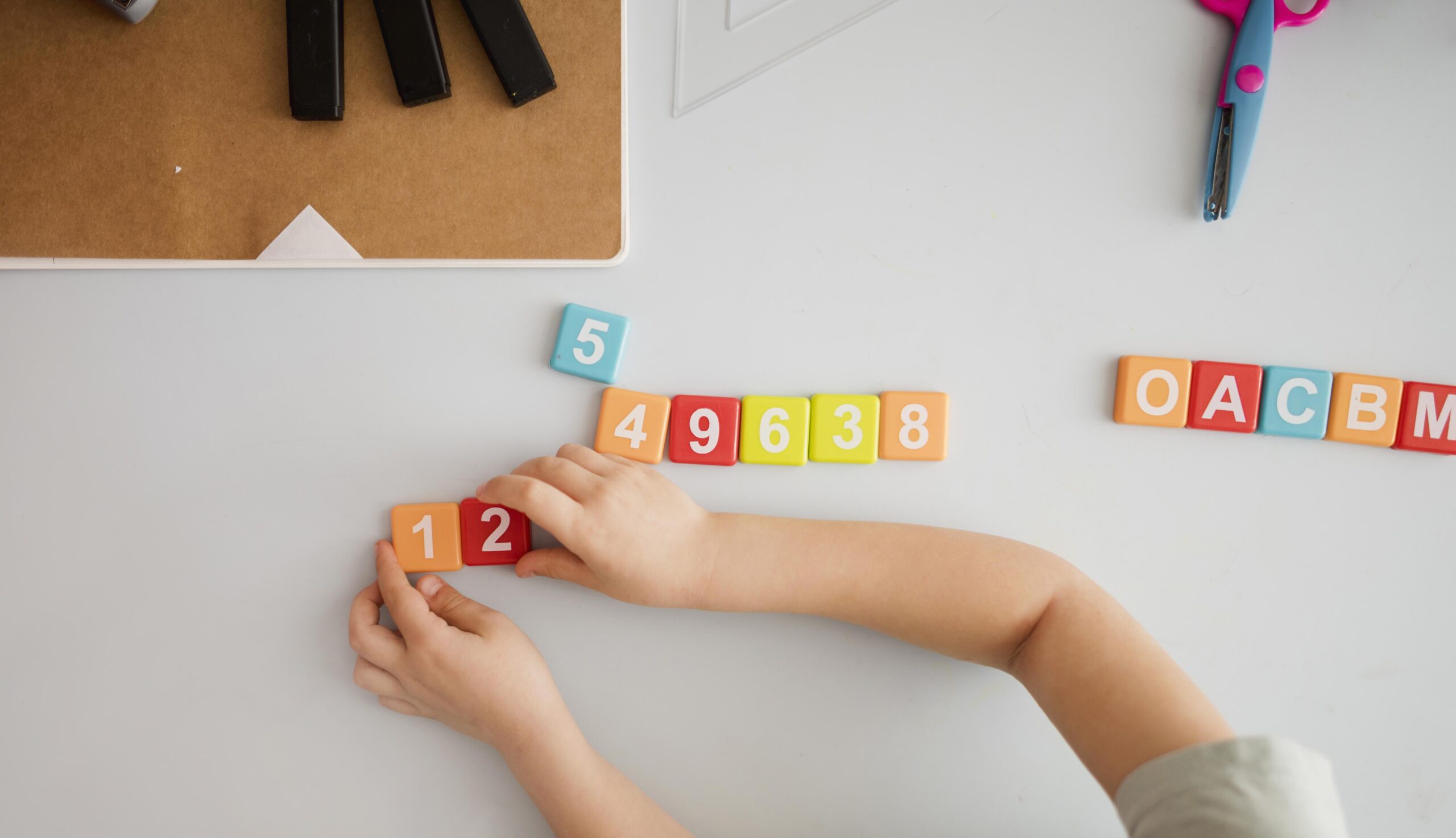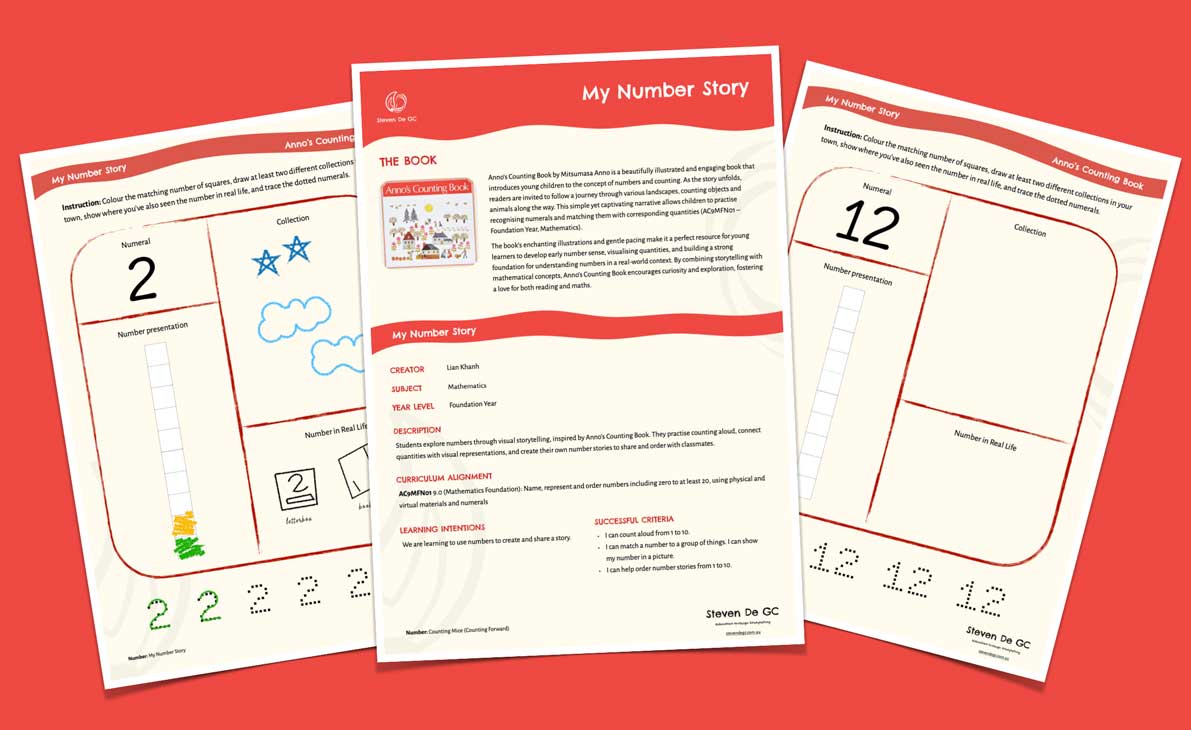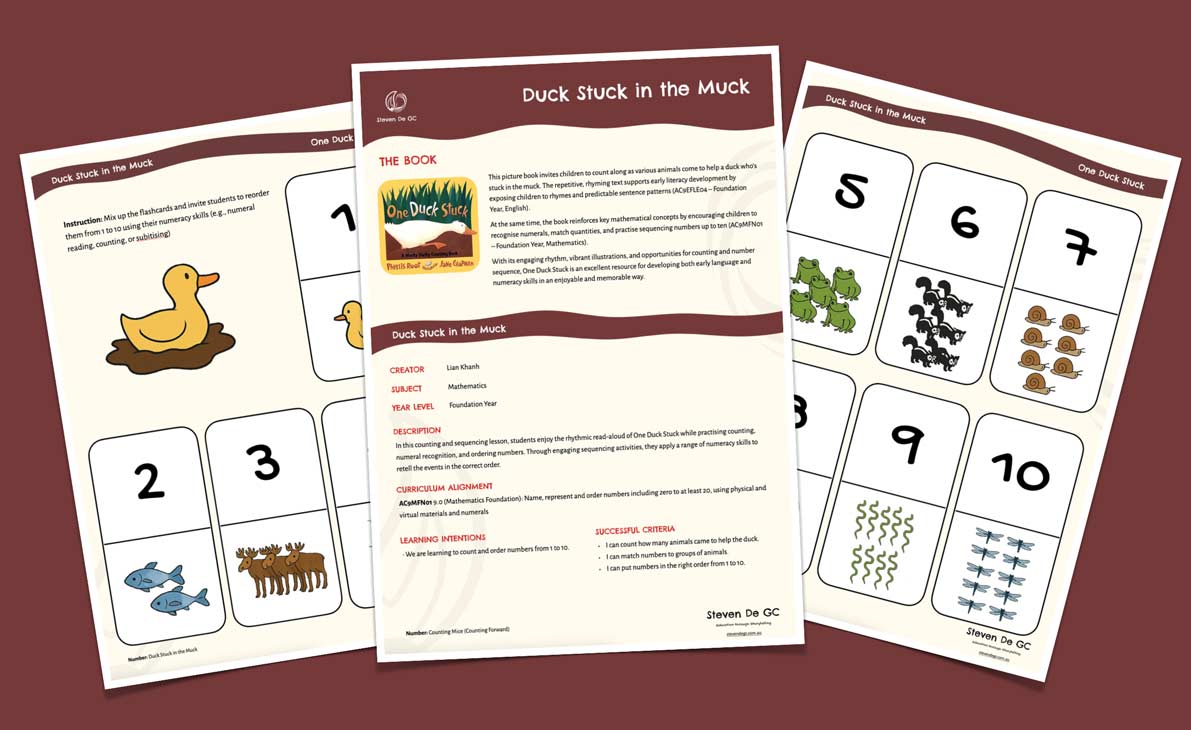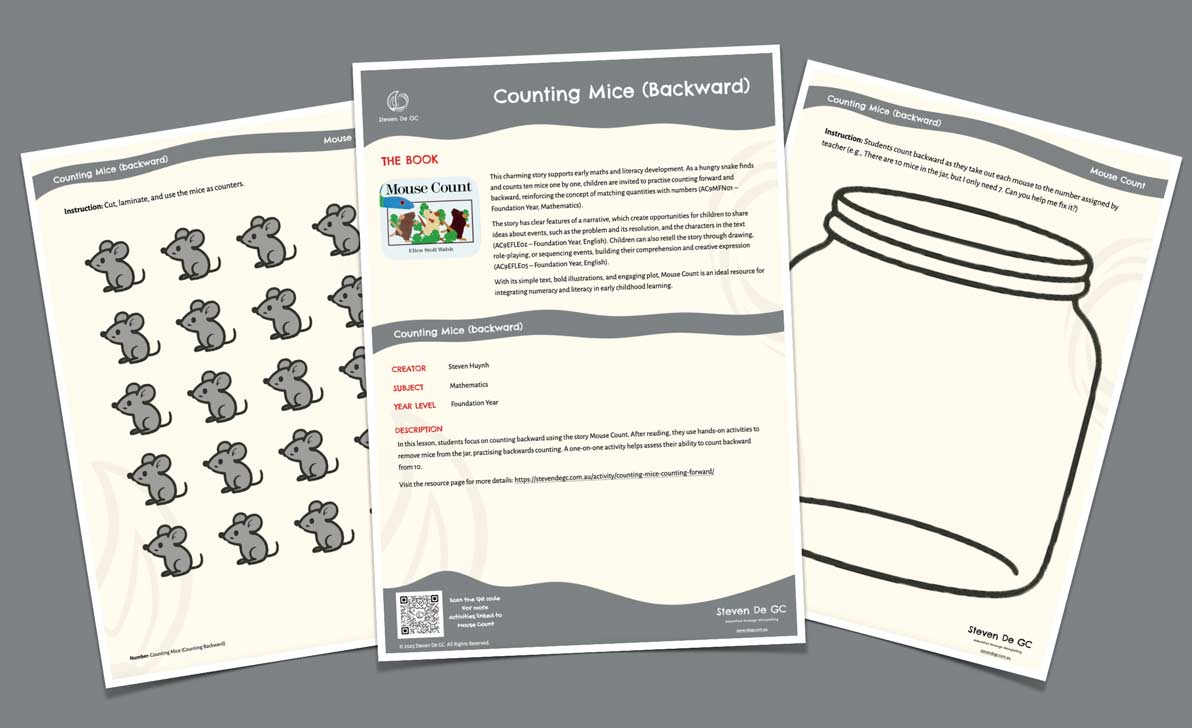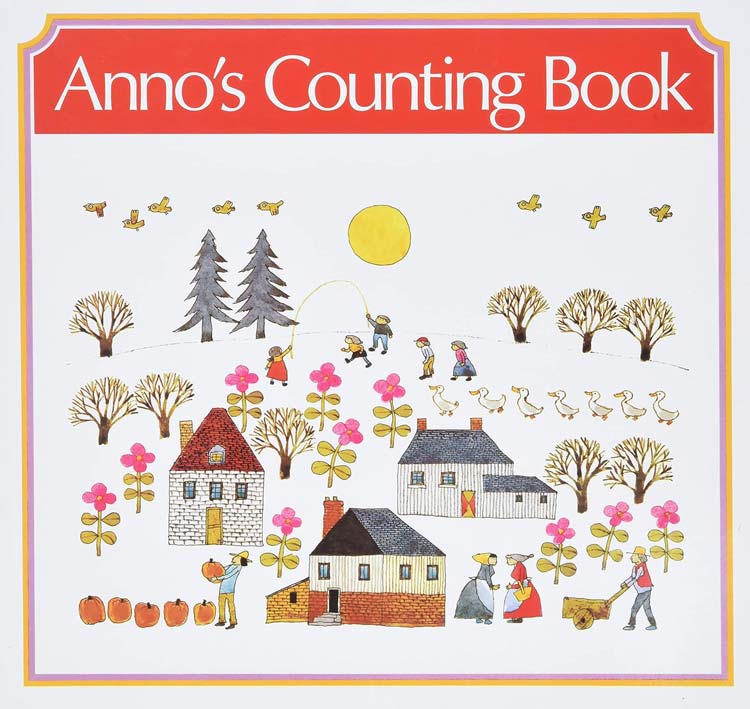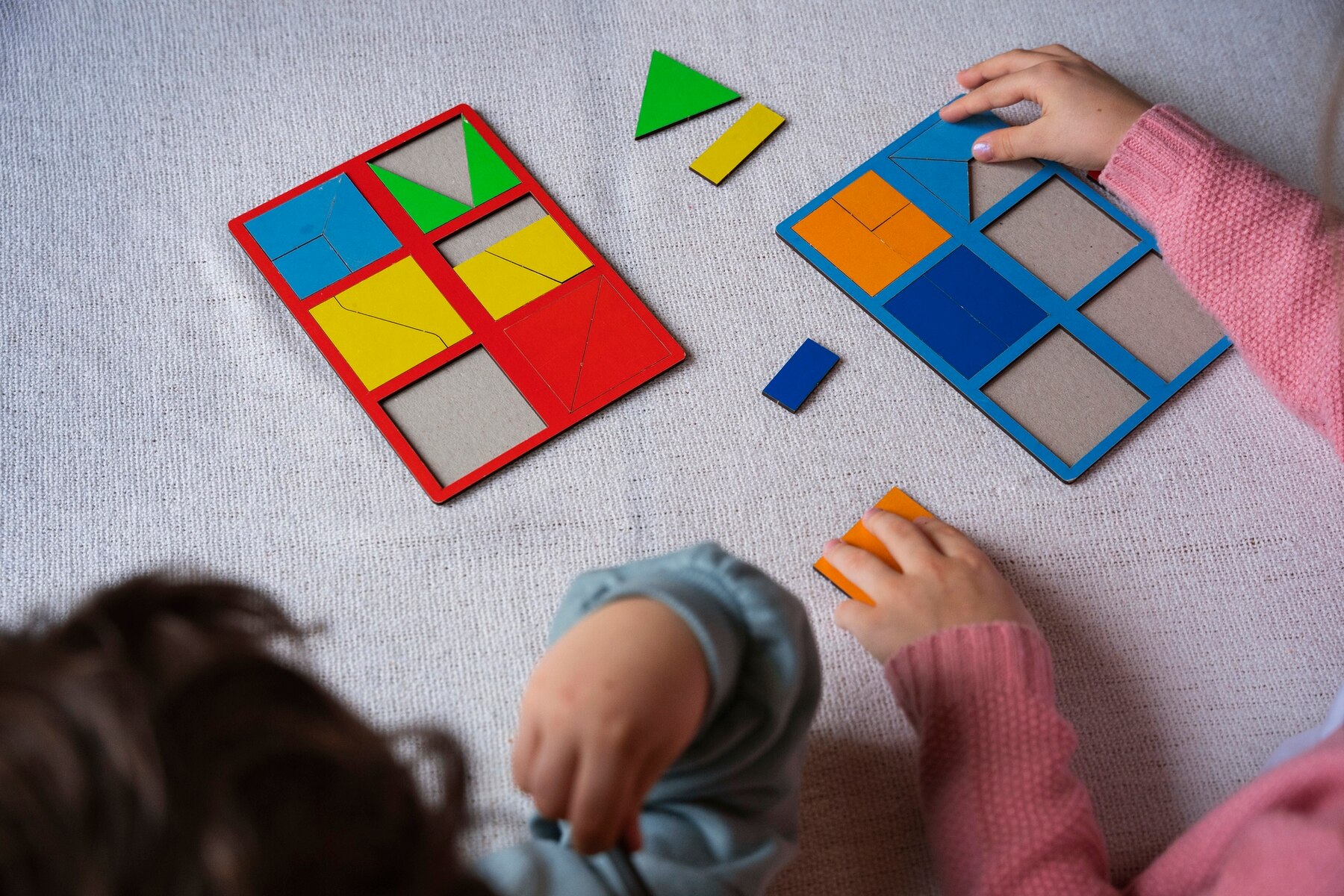Mathematics
Explore Mathematics Books, Activities and Articles for Kids
- Support early numeracy development with our collection of Mathematics books for kids, hands-on Maths activities tailored to Foundation (age 5), Year 1 (age 6), and Year 2 (age 7).
- Explore a wide range of curriculum-aligned topics including numerals, collections, patterns, length, capacity, mass, duration, positions, data, ordinal numbers, number lines, part-part-whole relationships, word problems, money, directions, fact families, graphs, fractions, and arrays.
- Build essential mathematical thinking with strategies such as ordering, counting, subitising, comparison, partitioning, addition, subtraction, measuring, skip counting, counting on, place value, repeated addition, grouping, doubling, and halving.
- Whether you’re a teacher, parent, or homeschooler, our resources help children build confidence and curiosity through real-world connections and playful exploration of maths concepts.
Topics in this subject
-
Build a Boat with Shapes
📔 Let’s Build A Boat by Jane Godwin• We are learning to apply knowledge of 2D shapes to design a boat.
-
In The Rockpool
Written by Andrea Rowe
Illustrated by Hannah Sommerville
Published by Little Hare Books
Theme/topic: Counting, Habitats, and Ocean
The book invites young readers on a sensory exploration of the creatures and treasures found in coastal rockpools. The story encourages children to observe and describe the natural features of seaside habitats, including the plants and animals that live there, supporting understanding of animal needs and environments (AC9S1U01 – Year 1, Science).
As children engage with the rhythmic text and detailed illustrations, they also practise early number skills, such as counting shells, crabs, and other seaside items, reinforcing concepts of matching quantities with numerals and naming numbers in sequence (AC9MFN01 – Foundation Year, Mathematics).
This book is a rich cross-curricular resource, perfect for supporting science and maths learning through storytelling, observation, and wonder.
Delightful Books and Activities for Children: Building Counting Skills Through Storytelling
Explore charming picture books and playful activities that teach early math concepts like counting and number sense. Perfect for engaging young learners through storytelling and hands-on exploration.
My Number Story
📔 Anno’s Counting Book by Mitsumasa Anno• We are learning to use numbers to create and share a story.
Duck Stuck in the Muck
📔 One Duck Stuck by Phyllis Root• We are learning to count and order numbers from 1 to 10.
Counting Mice (Counting backward)
📔 Mouse Count by Ellen Stoll Walsh• We are learning to count backward from 10.
Counting Mice (Counting forward)
📔 Mouse Count by Ellen Stoll Walsh• We are learning to count objects and match them to numbers.
Anno’s Counting Book
Written & illustrated by Mitsumasa Anno
Published by HarperCollins AU
Theme/topic: Counting
Anno’s Counting Book by Mitsumasa Anno is a beautifully illustrated and engaging book that introduces young children to the concept of numbers and counting. As the story unfolds, readers are invited to follow a journey through various landscapes, counting objects and animals along the way. This simple yet captivating narrative allows children to practise recognising numerals and matching them with corresponding quantities (AC9MFN01 – Foundation Year, Mathematics).
The book’s enchanting illustrations and gentle pacing make it a perfect resource for young learners to develop early number sense, visualising quantities, and building a strong foundation for understanding numbers in a real-world context. By combining storytelling with mathematical concepts, Anno’s Counting Book encourages curiosity and exploration, fostering a love for both reading and maths.
One Duck Stuck
Written by Phyllis Root
Illustrated by Jane Chapman
Published by CWP
Theme/topic: Counting, Repetition, and Rhyme
This picture book invites children to count along as various animals come to help a duck who’s stuck in the muck. The repetitive, rhyming text supports early literacy development by exposing children to rhymes and predictable sentence patterns (AC9EFLE04 – Foundation Year, English).
At the same time, the book reinforces key mathematical concepts by encouraging children to recognise numerals, match quantities, and practise sequencing numbers up to ten (AC9MFN01 – Foundation Year, Mathematics). With its engaging rhythm, vibrant illustrations, and opportunities for counting and number sequence, One Duck Stuck is an excellent resource for developing both early language and numeracy skills in an enjoyable and memorable way.
Mouse Count
Written & illustrated by Ellen Stoll Walsh
Published by HMH Books
Theme/topic: Counting and Narrative
This charming story supports early maths and literacy development. As a hungry snake finds and counts ten mice one by one, children are invited to practise counting forward and backward, reinforcing the concept of matching quantities with numbers (AC9MFN01 – Foundation Year, Mathematics).
The story has clear features of a narrative, which create opportunities for children to share ideas about events, such as the problem and its resolution, and the characters in the text (AC9EFLE02 – Foundation Year, English). Children can also retell the story through drawing, role-playing, or sequencing events, building their comprehension and creative expression (AC9EFLE05 – Foundation Year, English).
With its simple text, bold illustrations, and engaging plot, Mouse Count is an ideal resource for integrating numeracy and literacy in early childhood learning.
Fun Activities to Teach Shapes for Foundation Year
Discover engaging activities to teach shapes to Foundation Year students using storytelling with books like Shapes with Little Fish, Shapes at the Party and Shapes of Australia. Combine fun and learning seamlessly!
Home for the Fish!
📔 Shapes with Little Fish by Lucy Cousins• Students are learning to identify and match basic shapes.
Shapes with Little Fish
Written & illustrated by Lucy Cousins
Published by Walker Books
Theme/topic: Rhyme and Shapes
Shapes with Little Fish is a bright and engaging picture book that introduces young children to basic shapes through playful underwater adventures. The book helps early learners name, describe and trace shapes (AC9MFSP01, ACMMG009 – Foundation Year, Mathematics) through simple, rhythmic text (AC9EFLY09, ACELA1439 – Foundation Year, English), which also supports reading while fostering early geometric awareness. In addition, the cheerful character of Little Fish guides readers through a lively exploration of shape recognition in an accessible and interactive way.
Shape Party Colouring
📔 Shapes at the Party: A Book of Shapes by Kat Macleod• We are learning to recognise 2D shapes in everyday objects.
Shapes at the Party: A Book of Shapes
Written & illustrated by Kat Macleod
Published by Thames & Hudson
Theme/topic: Shapes
This vibrant and engaging book introduces young readers to the concept of shapes in a fun and playful setting. Through its dynamic illustrations, children explore a variety of shapes—such as circles, triangles, and squares—while following the excitement of a party scene. The book aligns with AC9MFSP01 (Foundation Year, Mathematics), which focuses on identifying and describe familiar two-dimensional shapes within objects in the environment. As children engage with the visuals, they develop geometric awareness and recognition skills in an enjoyable and meaningful context. With its bold artwork and interactive storytelling, Shapes at the Party fosters curiosity and learning through real-world applications of geometry, making it a valuable resource for early mathematical exploration.
Geometric Landscape
📔 Shapes of Australia by Bronwyn Bancroft• Students learn to identify, sort, and name familiar 2D shapes
Shapes of Australia
Written & illustrated by Bronwyn Bancroft
Published by Little Hare Books
Theme/topic: Culture, First Nations, Shapes, Visual Arts, and Vocabulary expansion
The book is an artistic exploration of Australia’s diverse landscapes through the lens of geometric shapes. The book introduces young readers to the natural world by identifying and describing various shapes found in the environment, such as circles in the treetops, triangles in the mountains, and spirals in shells. This aligns with the learning objective AC9MFSP01, ACMMG006 (Mathematics, Foundation Year), which focuses on identifying and describing familiar two-dimensional shapes in the environment. Additionally, the book supports AC9AVAFD01, ACAVAM106 (Visual Arts, Foundation Year) by encouraging young readers to explore how visual arts express ideas about the world. Through Bancroft’s detailed and culturally rich illustrations, children learn to interpret and appreciate the unique beauty of Country through the use of shapes and patterns in visual storytelling. This beautifully illustrated book not only enhances children’s geometric understanding but also deepens their appreciation for the visual arts, making it a valuable resource for integrated learning in mathematics and art.
Teaching Counting Through Storytelling: Practical Activities with 3 Storybooks
Engage kids with maths through storytelling! Discover children’s books and hands-on activities to teach counting and numbers in fun, interactive ways aligned with the Australian Curriculum.
Bears On Wheels (Counting)
📔 Bears on Wheels by Jan Berenstain and Stan Berenstain• Students will practise counting numbers up to 10.
Let’s Count Feet
📔 One Is a Snail, Ten Is a Crab by April Pulley Sayre and Jeffrey Sayre• Students are practising basic counting skills up to 10.


